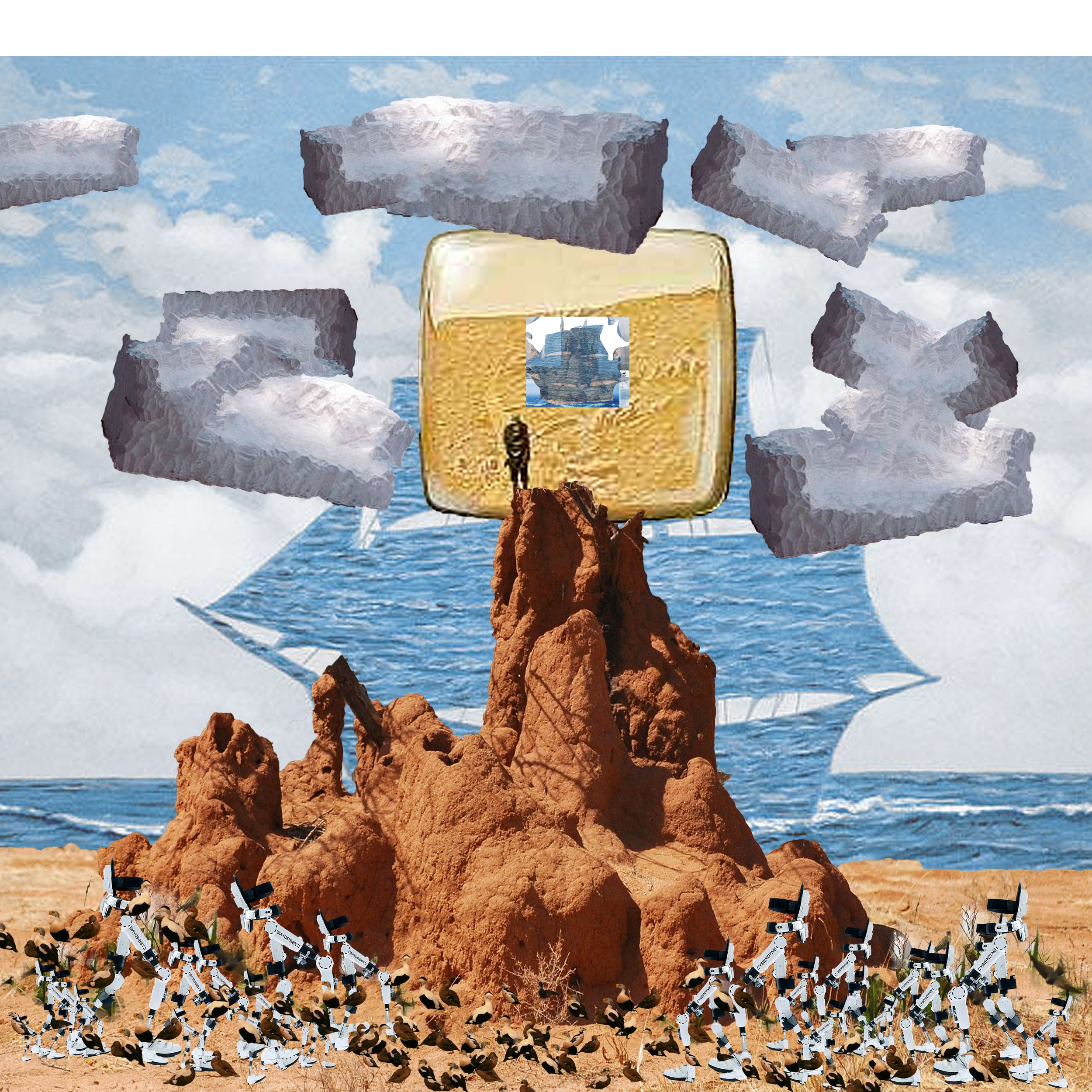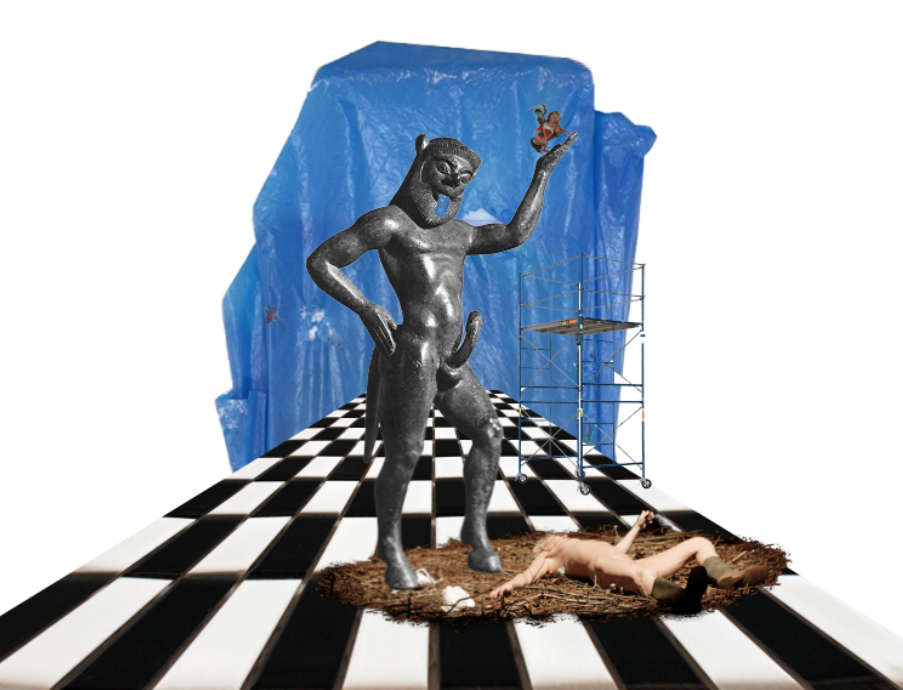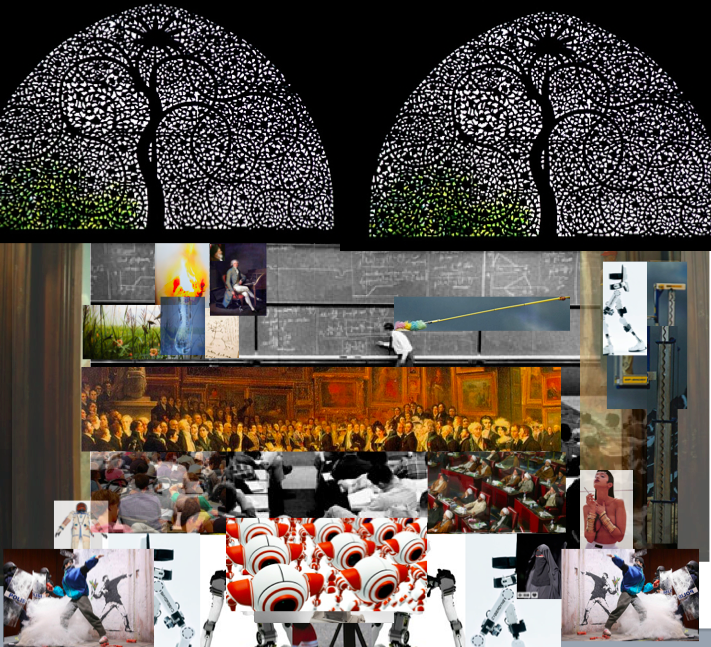pictures in conversation
Where do We Come From
2015
67” by 48”
c-print
Auction
2015
50” by 82"
c-print
Tableau
2015
60” by 48"
c-print
Portrait
2015
65"x 48’
c-print
Leda and the Swam
2015
48” by 62"
c-print
Egon
2015
48" by 66"
c-print
Astro Travel
2015
48” by 65”
c-print
Wolfe
2015
48" by 66"
c-print
Bernini in Hamburg
2015
63" by 48’’
c-print
America
2015
48" by 66"
c-print
Still Life
2015
48" by 66"
c-print
Icon
2015
64” by 48"
c-print
Self Portrait
2015
62” by 48”
c-print
The Discovery of Plants
2015
48” by 68”
c-print
Tianjin
2015
48" by 66"
c-print
Egon
2015
48" by 66"
c-print
Anonymous Buddha
2015
70” by 50"
c-print
Quixote
2015
48” by 63"’
c-print
Venice
2015
48” by 63"
c-print
Cowboys
2015
69” by 48”
c-print
Musicians at the Operating Table
2015
48” by 64’’
c-print
With these new works I want to re-imagine, reinvent time, to see it as a physical dimension, to create an object of the image, that doesn't obliterate it, but teases out its trajectories and brings it back from its overexposure in its continual transmission. Of course the image will never exhaust itself in its repetition but become so domesticated that all its initial charge is gone. How then to see these familiar pictures but to rework them and make them new again with other pictures.
With the use of perspective and lenses long before photography, western picture making, not unlike genres of movies were pretty stable. There were the genres of History, Landscape, Portraiture and Still Life. Picture and picture making was regulated by the church then academies and the discourse around them narrow. It was this controlled discourse, this decorum of the picture and its reception that artists worked against that created occasional shocks and outrage.
My first interest was in History paintings but over time it became the history of painting and with that the history of photography, and I suppose a history of image. I had always been taken by Manet's Execution of Maximilian and only learned at the outset of my project that what Manet had created and abandoned as a painting was also an event that was photographed. Manet's cool and dispassionate take on the event contrasted with Goya's painting Third of May and Goya was in conversation with Rubens and Rubens, Leonardo.
Pictures have often, if not always, been about and in conversation with other pictures. This led me to think of pictures in their many modes and many genres across time and to want to create conversations amongst and between them. I began to imagine new images, to see new things, new thoughts often times by simply placing one image on another, or layering images and cutting them out. These new pictures pointed to things sometimes difficult to discern but there was always a something.
Images in their traces, in their histories, carry forward their techniques, their textures, their surfaces and armatures, their politics. They enfold the world they come from and in conversation I imagined they could present new worlds.
Where images once were the preserve of national archives, ubiquitous digital transmission today is global and each of us has become our own archivists. As to what is, and is not in the archives, and there are a host of them, from a wide variety of transnational corporate search engines and social network services, that is something to discuss elsewhere.
To see these images, to sense their thoughts, we have to look at them with other images. we have to engage them in conversation, in the conversation of images.
All images and sounds are code. As code, they are fluid, viral, infectious, malleable, erasable, moving easily in and out of a wide variety of indifferent contexts.
My interest lies less in photographing reality, and instead focuses on portraying the realities of photography and imaging in the regime of the network, as the world is a network of relations and the network is both a camera and archive, an apparatus of image exchange and circulation.
I want to be clear that when I say picture it may be a mathematical formula, a musical score, a line of code, each of them is a picture. Our capacity to produce Pictures is our capacity to think outside and beyond the present, to go backwards and forwards in time.




























